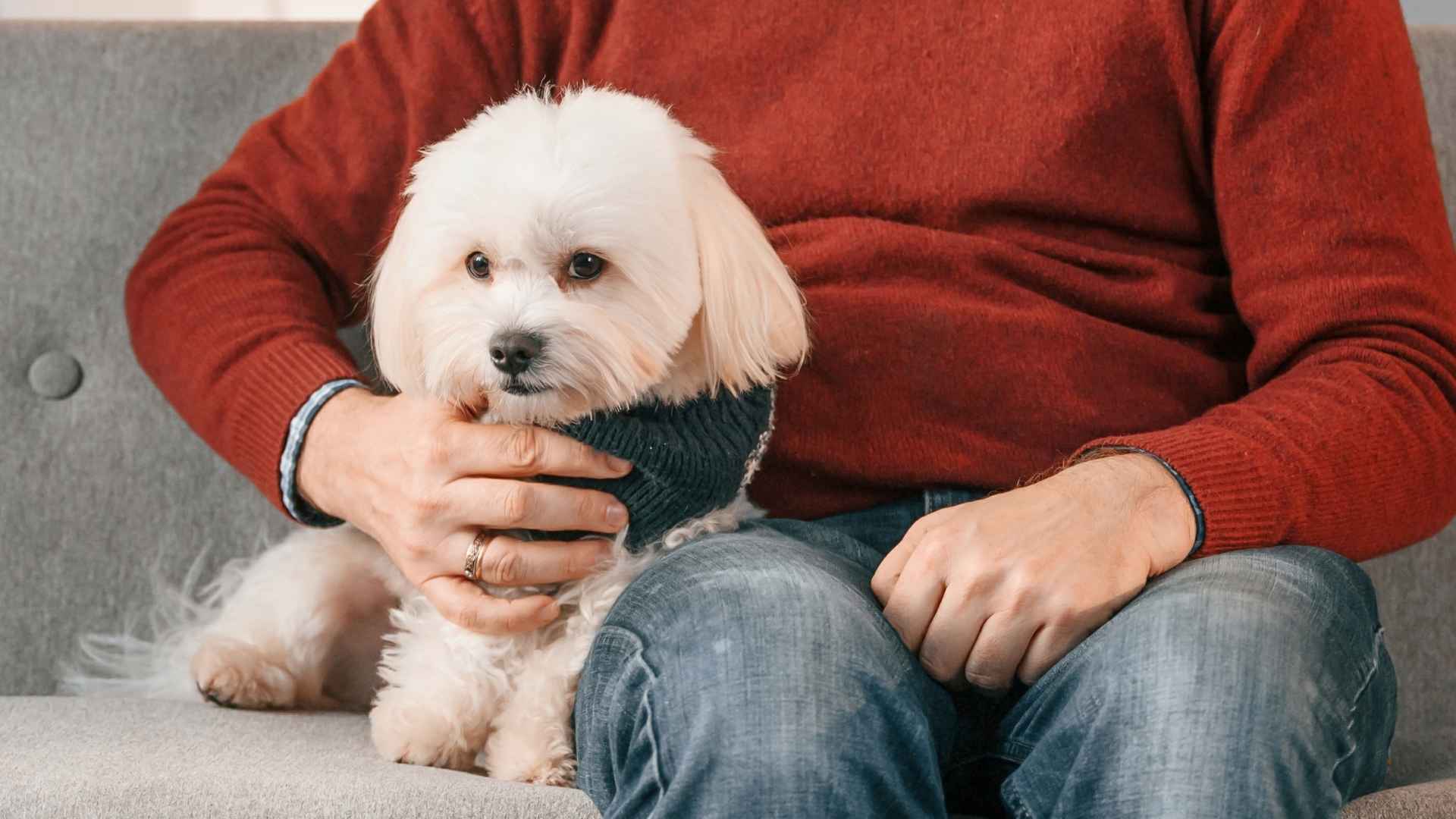While no dog is 100% allergen-free, some breeds produce fewer irritants, making them more compatible with sensitive systems. These breeds typically shed less dander, don’t drool much, and often have hair instead of fur.
Over 28 million people in the U.S. suffer from asthma, according to the report. For many, that means avoiding furry pets altogether—but that doesn’t always have to be the case.
Asthma and pet ownership can absolutely coexist when you make the right choice. With the right care, you don’t have to give up your dream of having a loyal companion by your side. You just need to know which breeds are safer and why.
In this guide, we’ll look at dog breeds that are considered more manageable for asthma sufferers—dogs that don’t make breathing harder, and instead make life a little lighter.
Hypoallergenic Dog Breeds for Asthma Sufferers
1. Poodle
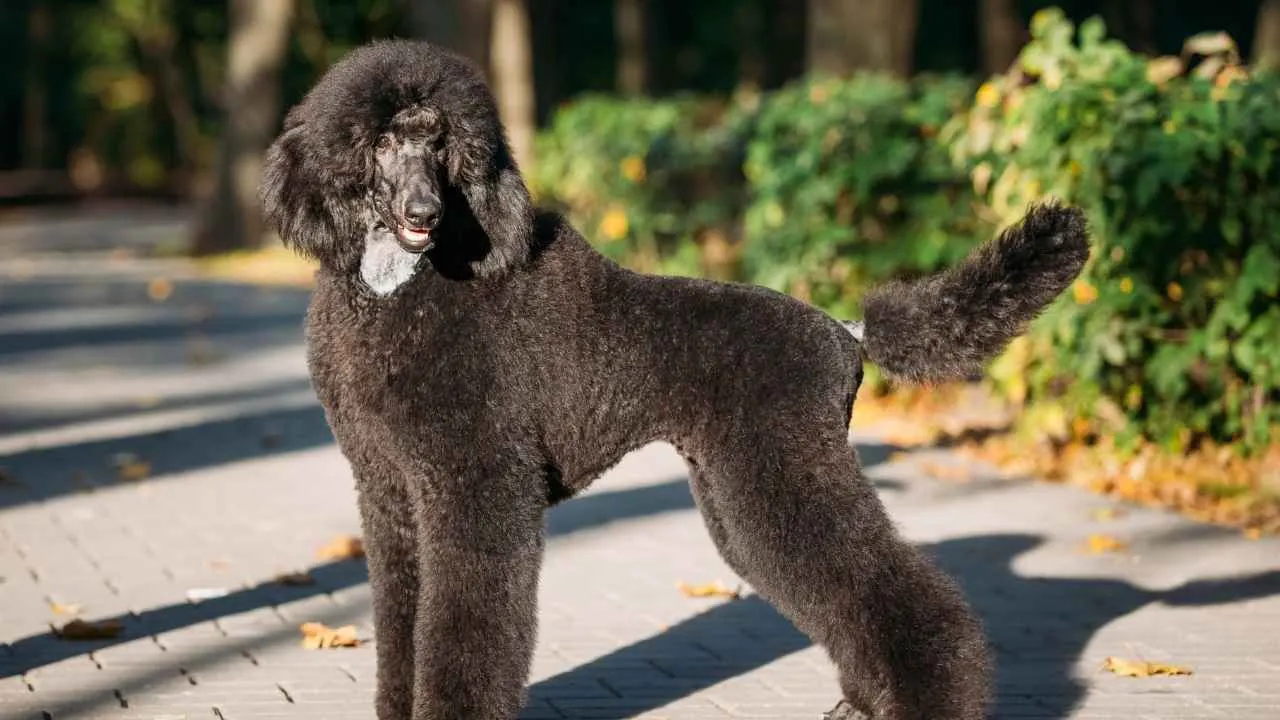
The Poodle’s tightly curled, wool-like coat is excellent at trapping loose hair and dander before it circulates indoors. This coat structure helps reduce airborne irritants for asthma sufferers. Regular grooming maintains coat health and keeps shedding minimal.
Single-Layer Coat Reduces Flare-Ups
Poodles lack an undercoat, which often carries more allergens than other breeds, as stated in the Poodle Club. Their consistent hair growth means fewer seasonal shifts, resulting in a steadier indoor environment. This makes them easier to manage in homes sensitive to pet allergens.
Minimal Drool and Clean Habits
They’re not heavy droolers, lowering the exposure to a dog’s saliva — another common asthma trigger. Their self-cleaning instincts also contribute to a cleaner living space. These combined traits make routine maintenance more effective for allergy control.
A Recognized Performer with Brains
The Poodle is the only dog breed to consistently rank in the top two for intelligence across global obedience trials. This trait makes them easy to train for behaviors that support allergen control, such as staying off certain furniture.
2. Airedale terrier
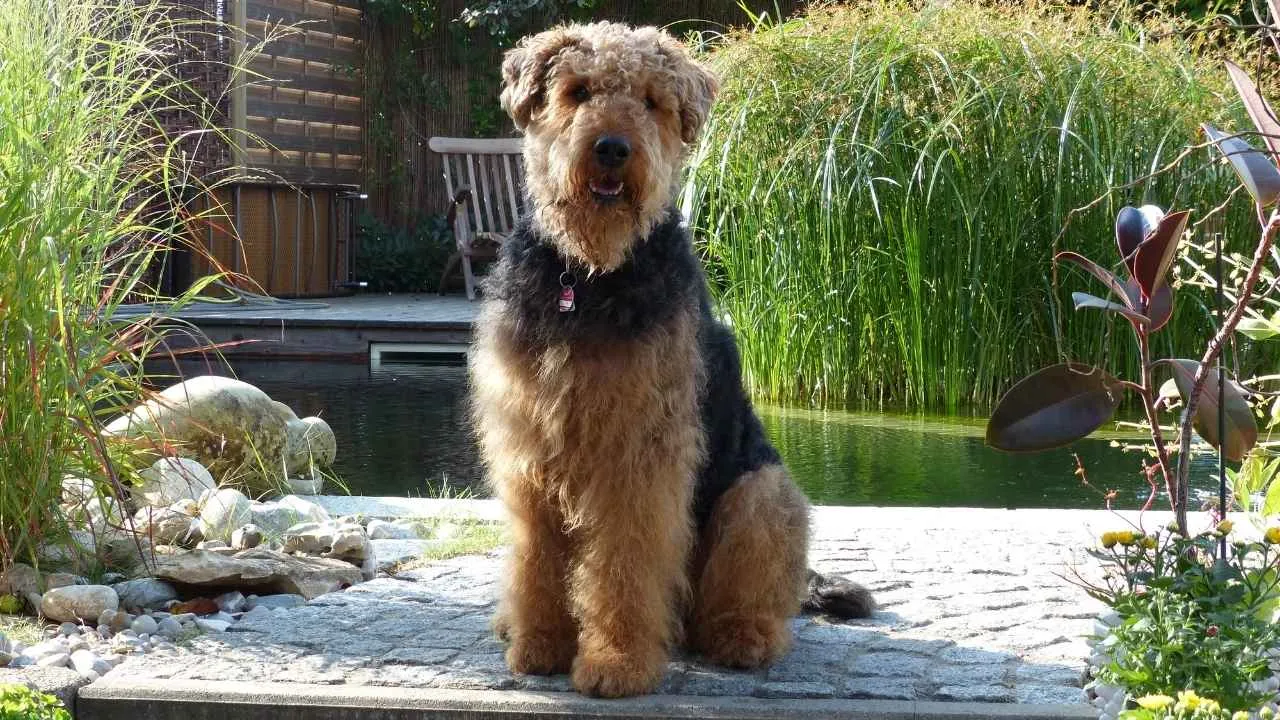
The Airedale Terrier has a dense, wiry outer coat with a softer undercoat that traps loose hairs. This structure helps keep particles like dust and dander close to the skin, reducing their presence in the air. Routine hand-stripping maintains the coat’s texture and effectiveness.
Low Natural Oil Keeps Shedding Manageable
Their skin doesn’t produce excessive oils, which limits the spread of allergens through shedding. This trait is particularly helpful for homes managing pet dander. Professional grooming every few weeks keeps the coat in shape and allergens in check.
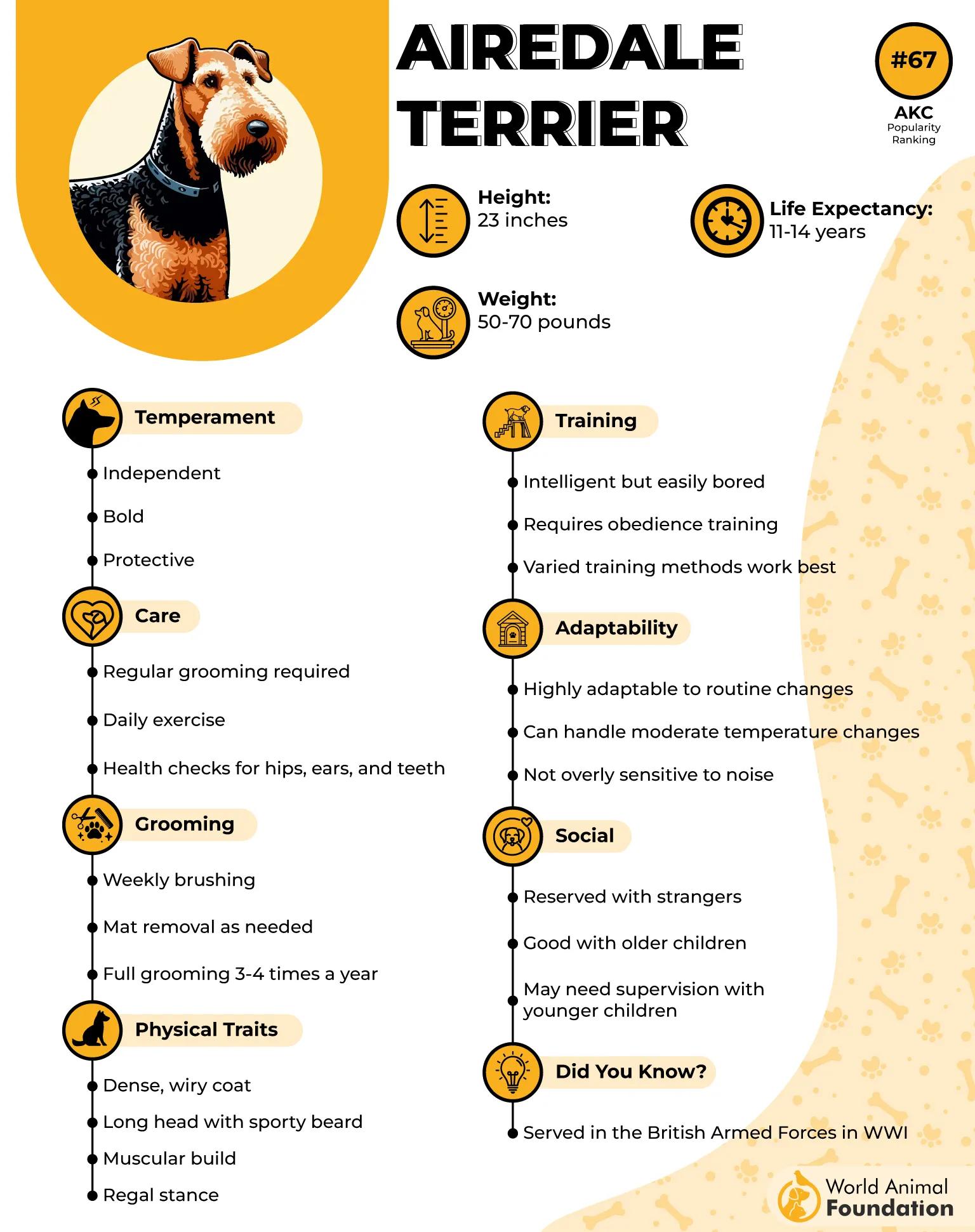
Energetic Yet Clean Indoors
Despite their high energy, they tend to stay relatively clean indoors due to their weather-resistant coat. They don’t leave behind much debris, making them easier to maintain for allergy sufferers. Their alert and intelligent temperament also supports trainable indoor habits.
Known for Their Unusual Multi-Talent
Airedales have been trained as police dogs, scent trackers, and wartime messengers — a rare versatility for terriers. Their balanced structure and low-maintenance coat continue to make them a dependable furry friend for families with specific sensitivities.
3. Coton de Tulear
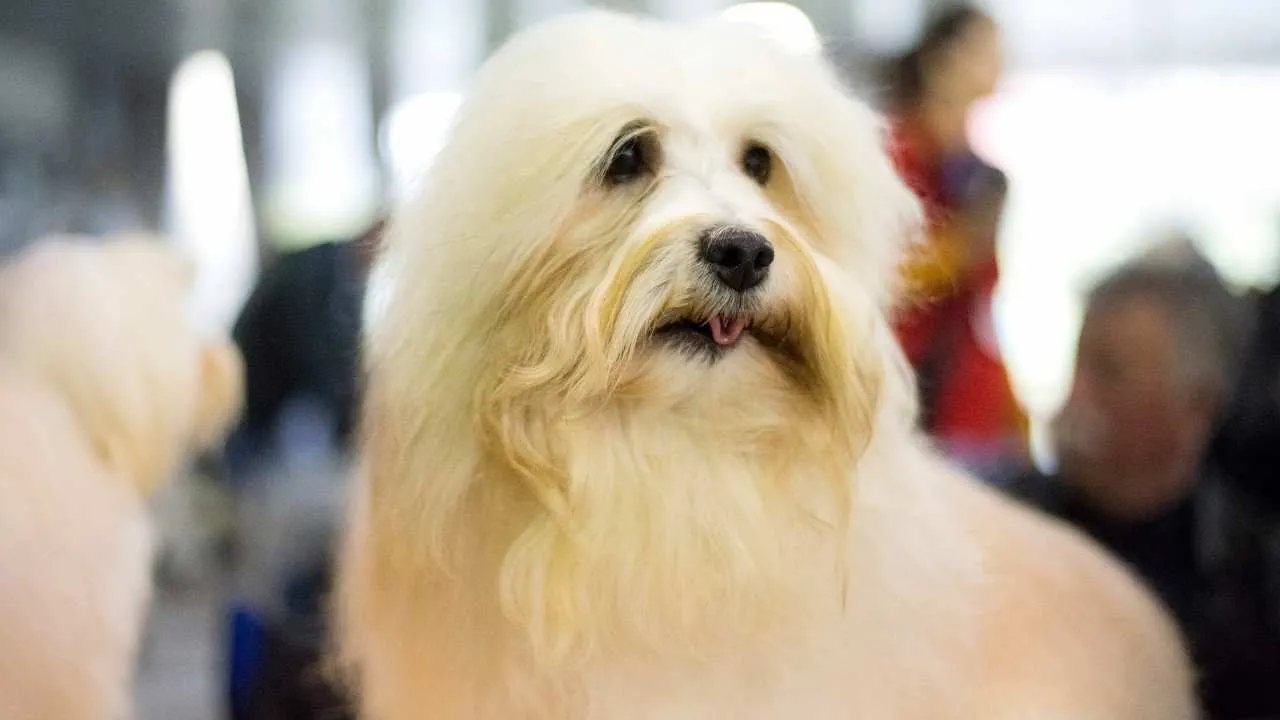
The Coton de Tulear’s dense, cotton-like coat holds on to loose hair and microscopic particles instead of releasing them into the air. With regular brushing, this helps reduce common respiratory triggers in sensitive households. Their coat is also odorless when clean.
Low Shedding and Mild Grooming Needs
Though their coat appears fluffy, it doesn’t shed heavily year-round. Because they produce less loose fur, they create fewer opportunities for allergens to spread. This benefits asthma-prone dog owners who prioritize cleaner spaces.
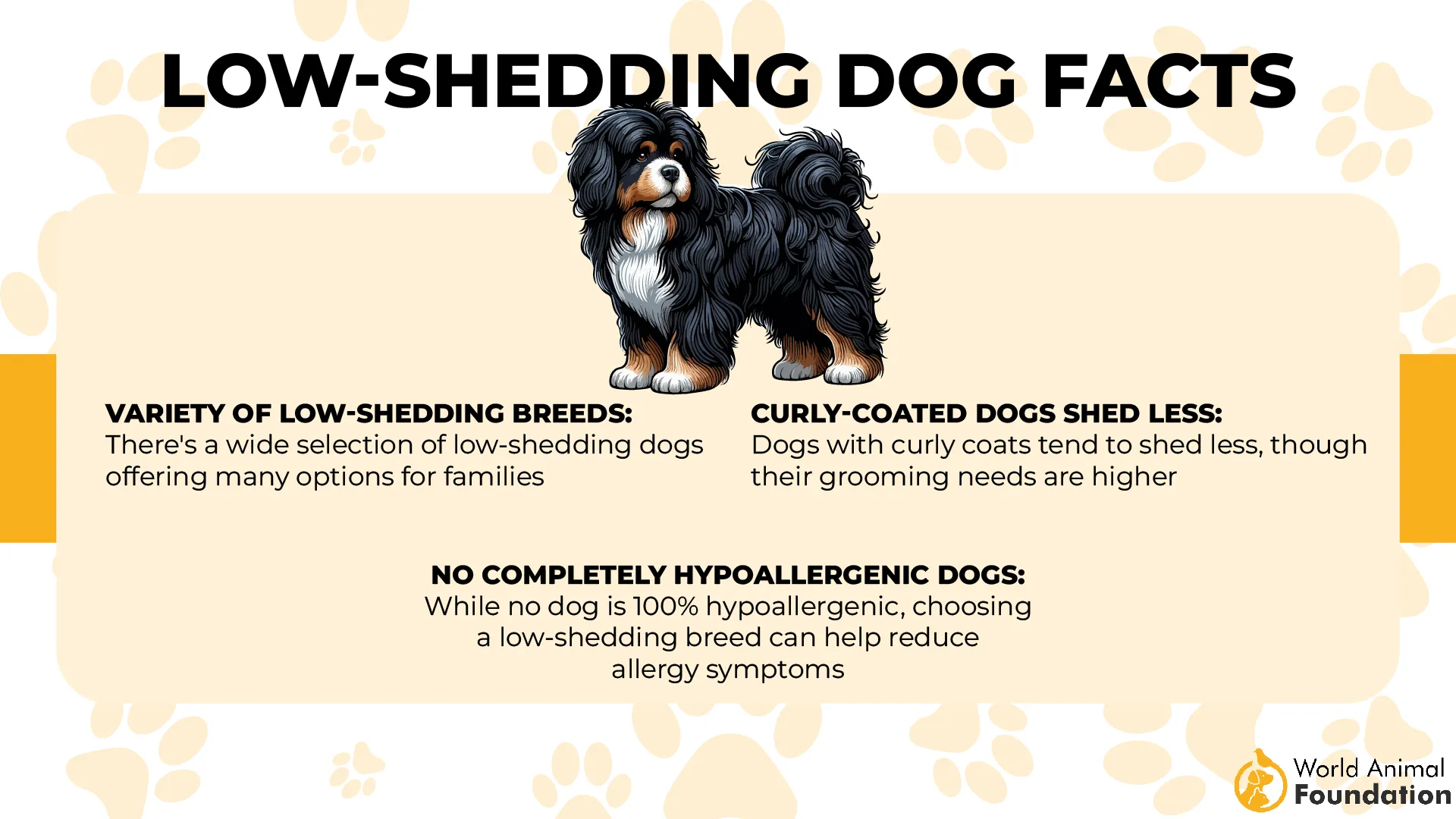
Dry Mouth and Low Drool Output
They don’t drool much, which limits the exposure to proteins in a dog’s saliva — a major concern for asthma sufferers. Even after play or water intake, they remain surprisingly dry-faced. This trait also contributes to lower bacterial buildup around the mouth.
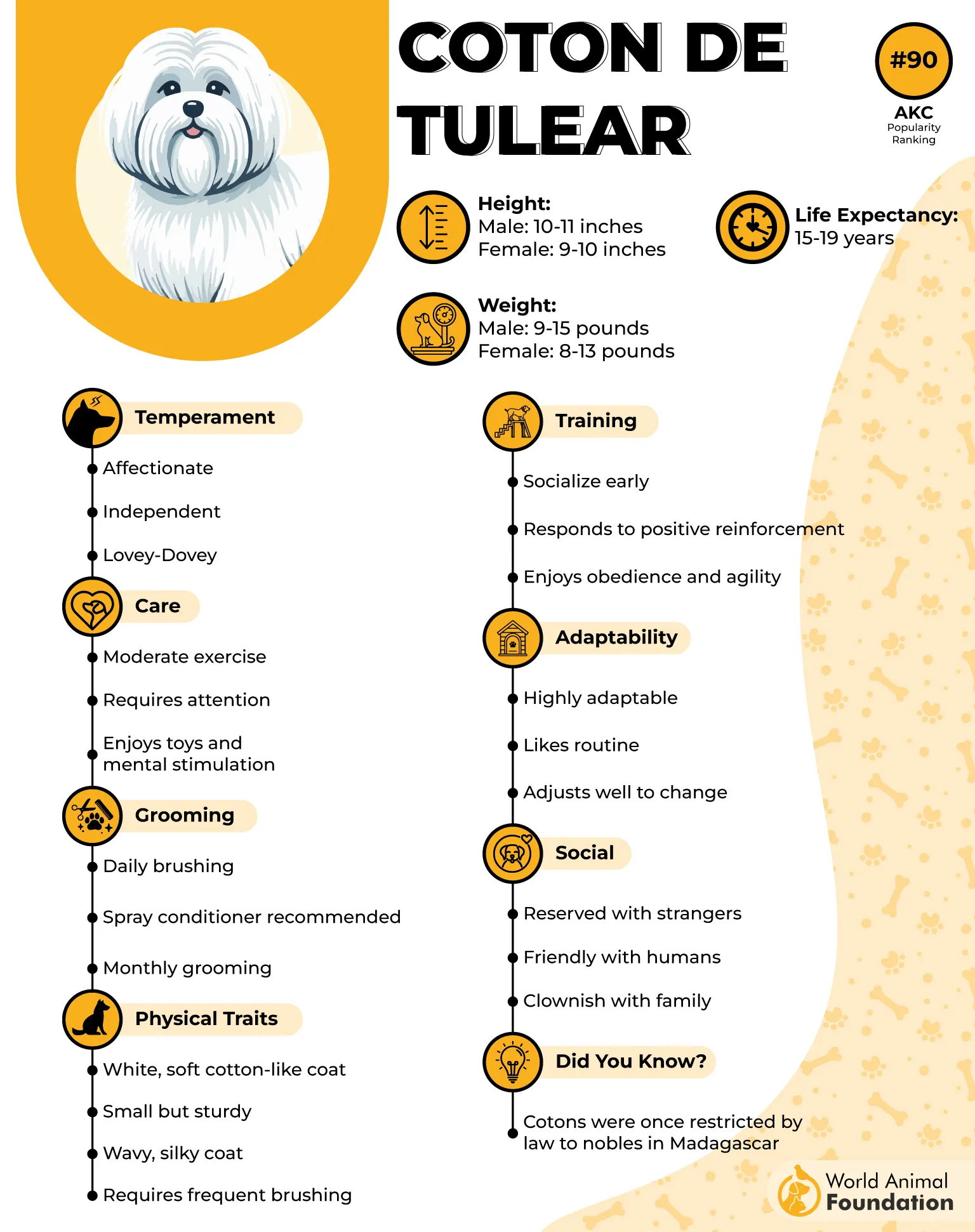
Known for Their Expressive Grin
The breed is recognized by many veterinarians and behaviorists for what looks like a genuine smile. This expression is especially noticeable during social interactions and is loved by nearly every dog lover who meets one.
4. Maltese
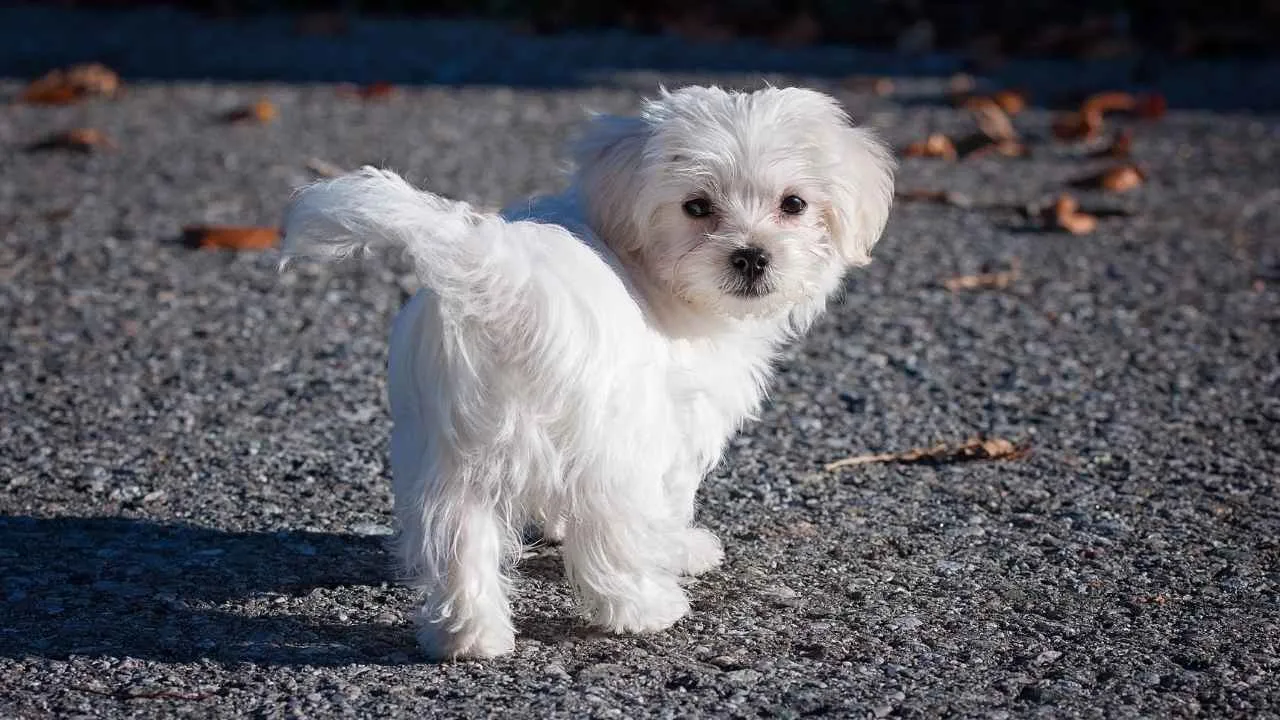
The Maltese has a silky, single-layer coat that grows slowly and sheds minimally. Because there’s no undercoat to trap dander, it’s easier to control allergen buildup. Regular brushing keeps the coat smooth and airborne particles to a minimum.
Lightweight and Easy to Bathe
Weighing under 7 pounds, this toy breed is one of the easiest to wash regularly. Frequent bathing plays a direct role in managing pet-related irritants. Their size also makes grooming less time-consuming for asthma-conscious owners.
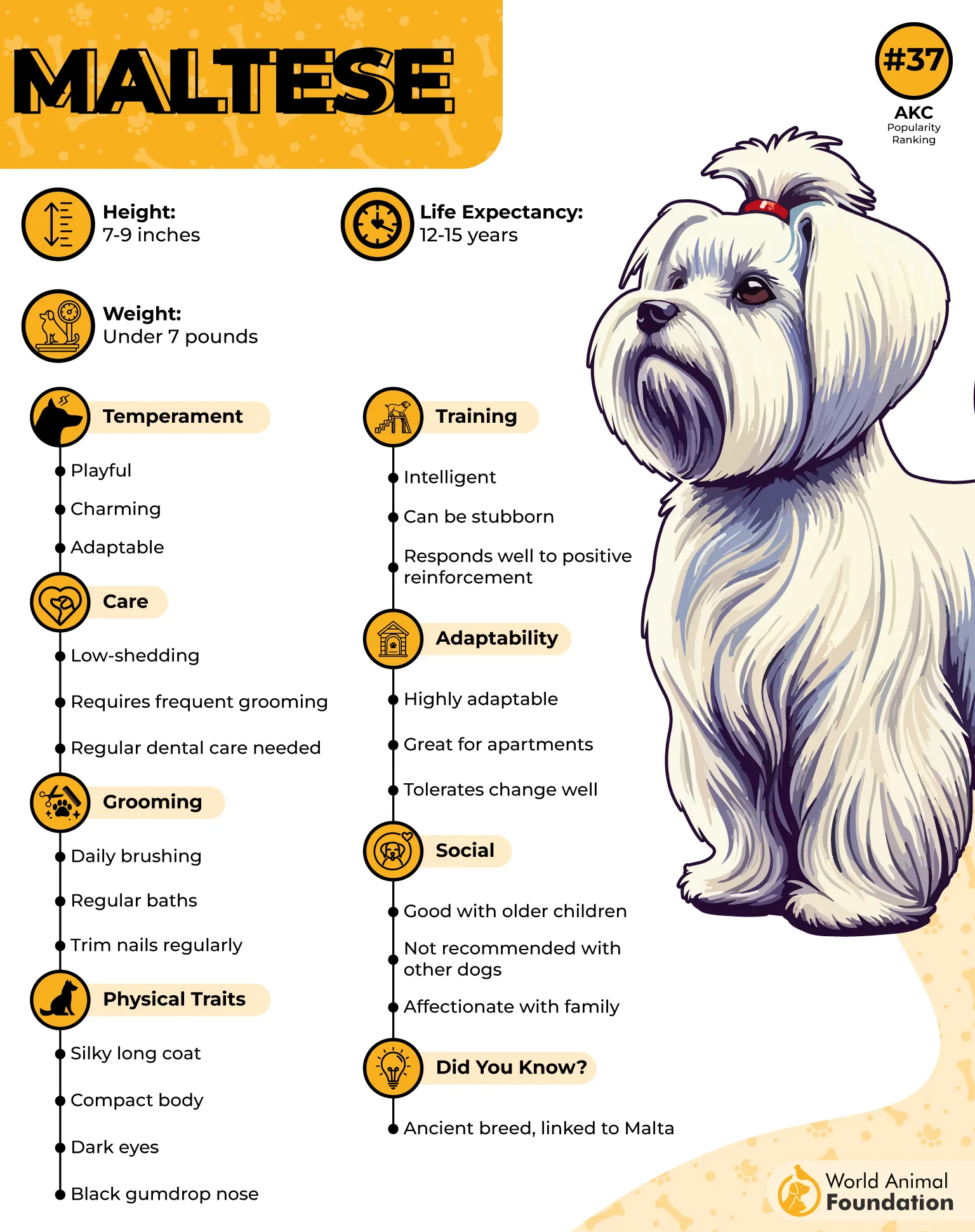
Clean Mouth and Low Drool Tendency
Their tidy eating habits and nearly nonexistent drooling help limit exposure to allergens in a dog’s saliva. Combined with good dental care, this supports a more breathable space indoors. These small details make a real difference in daily life.
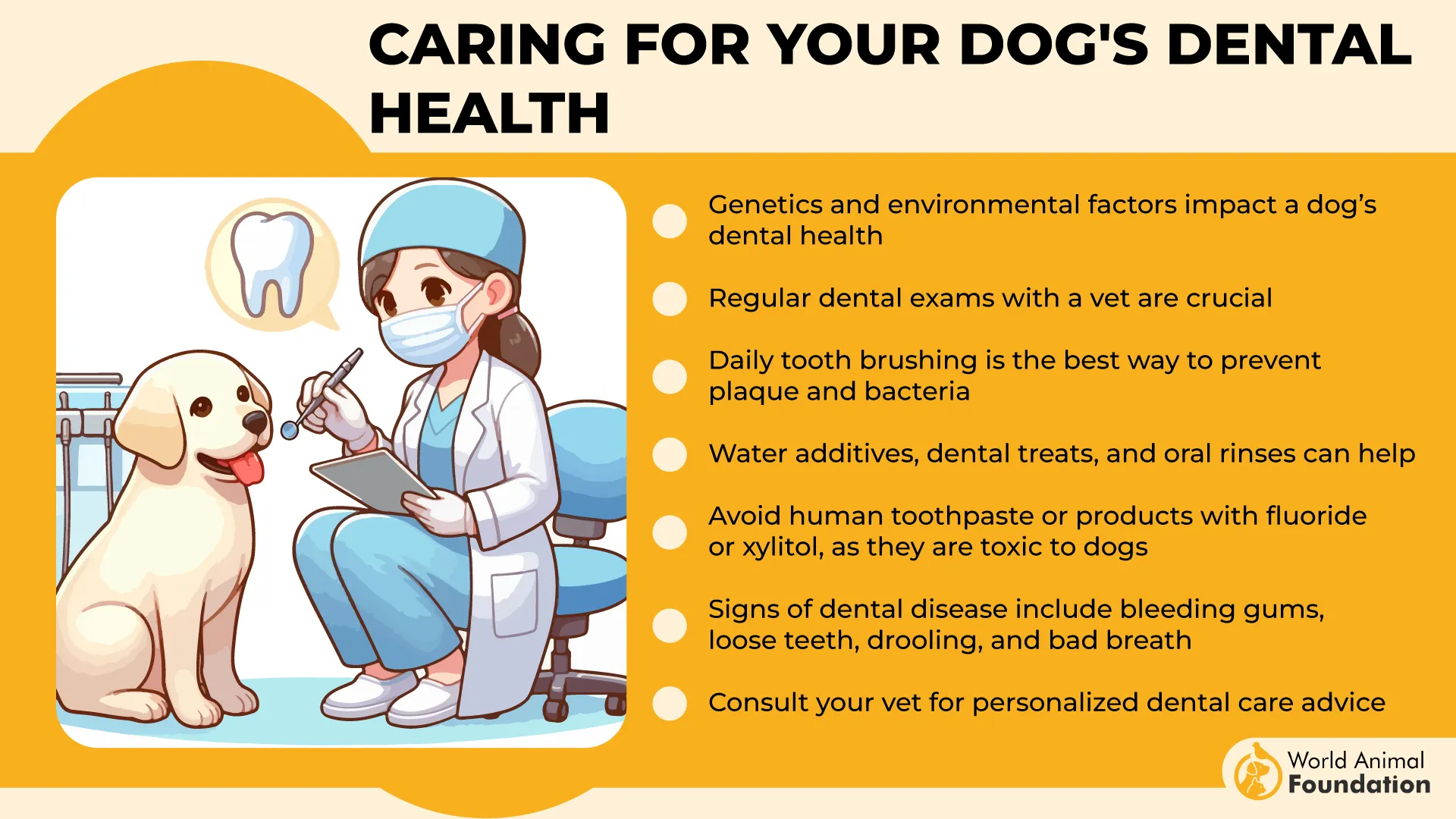
Famous White Coat with a Purpose
The white, flowy coat they’re famous for also makes dirt and dander easier to spot and manage. Because of this, many consider the Maltese one of the best dog options for controlled indoor environments for people with allergies.
5. Bichon Frise
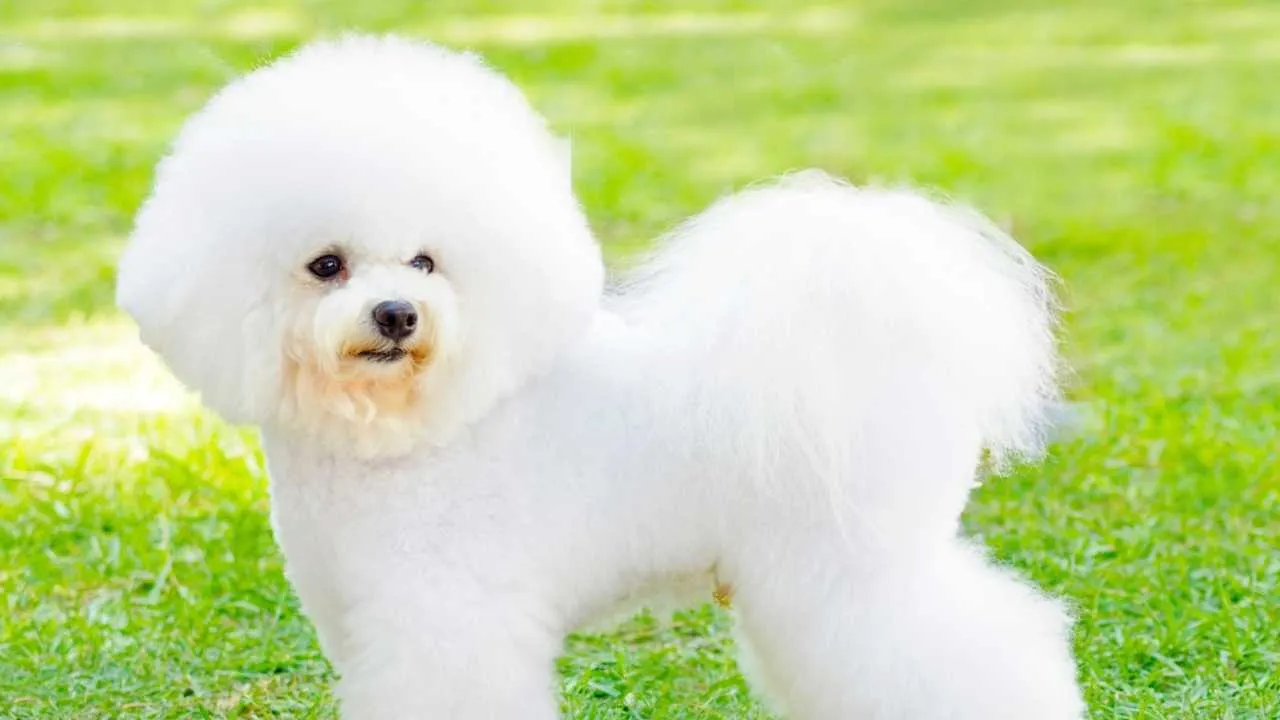
The Bichon Frise has a tightly curled double coat that traps dander and loose hair, reducing what spreads through the air. When brushed and trimmed regularly, the coat stays compact and clean. This makes the breed more manageable for asthma-sensitive homes.
Shed-Resistant and Consistent Grooming Needs
Unlike breeds with seasonal shedding, the Bichon’s hair grows continuously and falls out less often. This consistent growth makes allergen control easier with scheduled grooming. The breed benefits most when brushed a few times per week with a slicker brush.
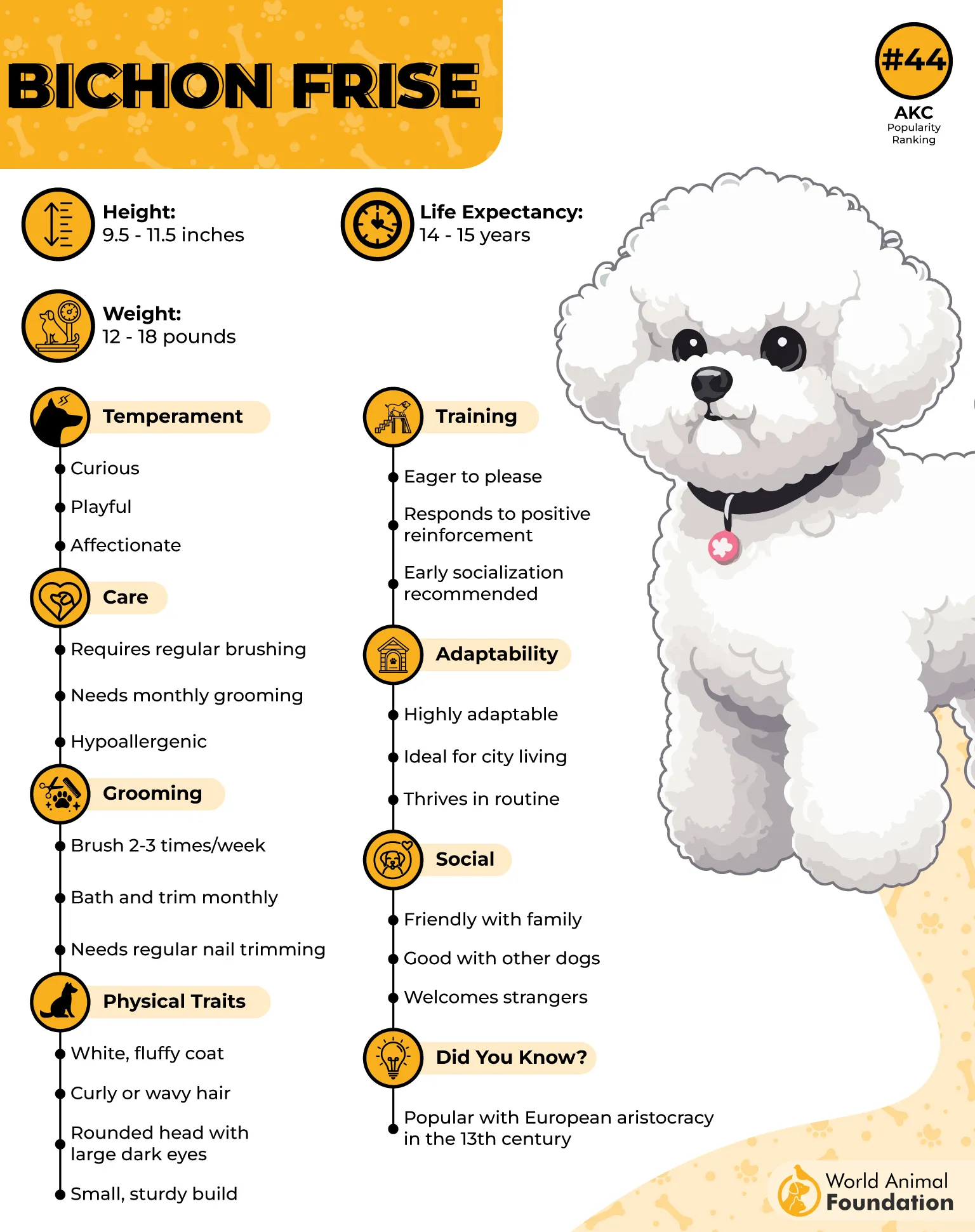
Low Saliva Spread and Indoor Compatibility
This breed rarely drools and typically doesn’t lick excessively, reducing exposure to a dog’s saliva, a lesser-known asthma irritant. Their indoor-friendly size also helps limit outdoor allergen tracking. They adapt well to air-filtered environments and smaller spaces.
Recognized for Allergen-Friendly Qualities
The Bichon Frise is regularly listed among the best dog breeds for allergy sufferers due to its coat and grooming compatibility. Their fluffy white coat helps contain dander effectively when properly maintained.
6. Shih Tzu
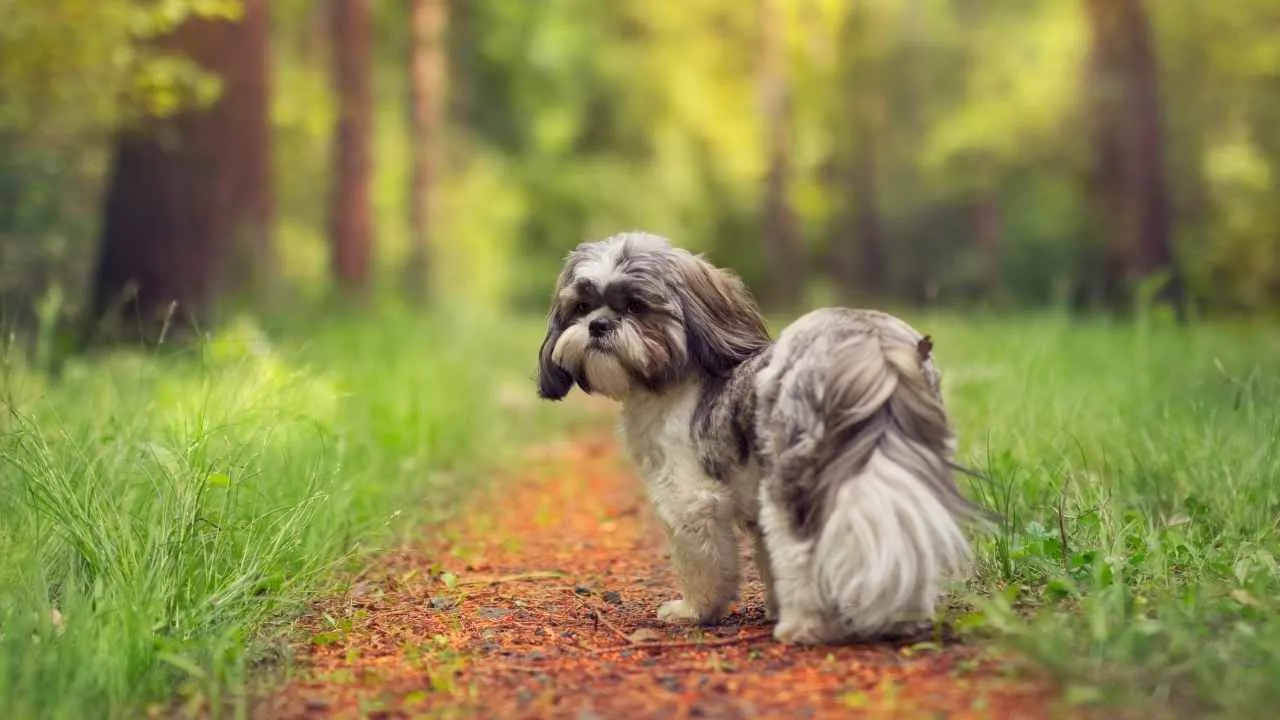
Shih Tzus have a flowing double coat, but they shed very little, which helps reduce loose hair and dander indoors. Their hair-like coat grows continuously and doesn’t go through seasonal shedding cycles. Daily grooming plays a key role in controlling allergens around them.
Stable Size and Indoor Suitability
This small dog typically weighs under 16 pounds and adapts well to indoor lifestyles. Limited outdoor exposure means fewer pollen and irritants are brought into the home. Their compact frame also makes cleaning their environment more manageable for allergy-prone owners.
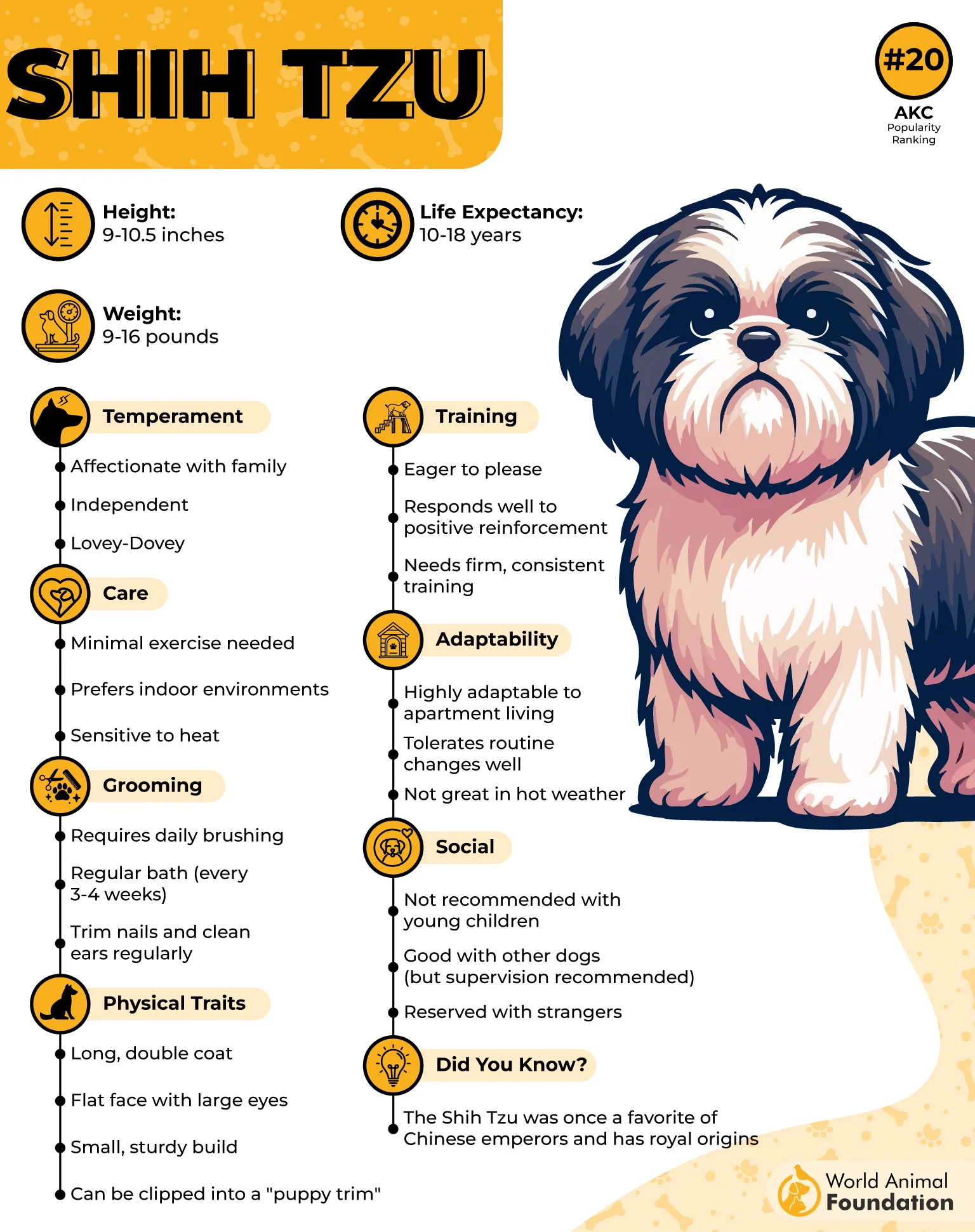
Minimal Drooling and Tidy Behavior
Shih Tzus are generally neat and don’t drool excessively, lowering contact with common triggers like a dog’s saliva. Their calm nature and steady indoor habits reduce allergen distribution throughout the house. Clean environments are easier to maintain with this breed.
Trainable Temperament with High Companionship
They are widely recognized as an affectionate breed, often forming close bonds with household members. Their eagerness to stay close allows for easier monitoring of routines like brushing and bathing. Their loyalty makes them both manageable and predictable indoors.
7. Yorkshire Terrier
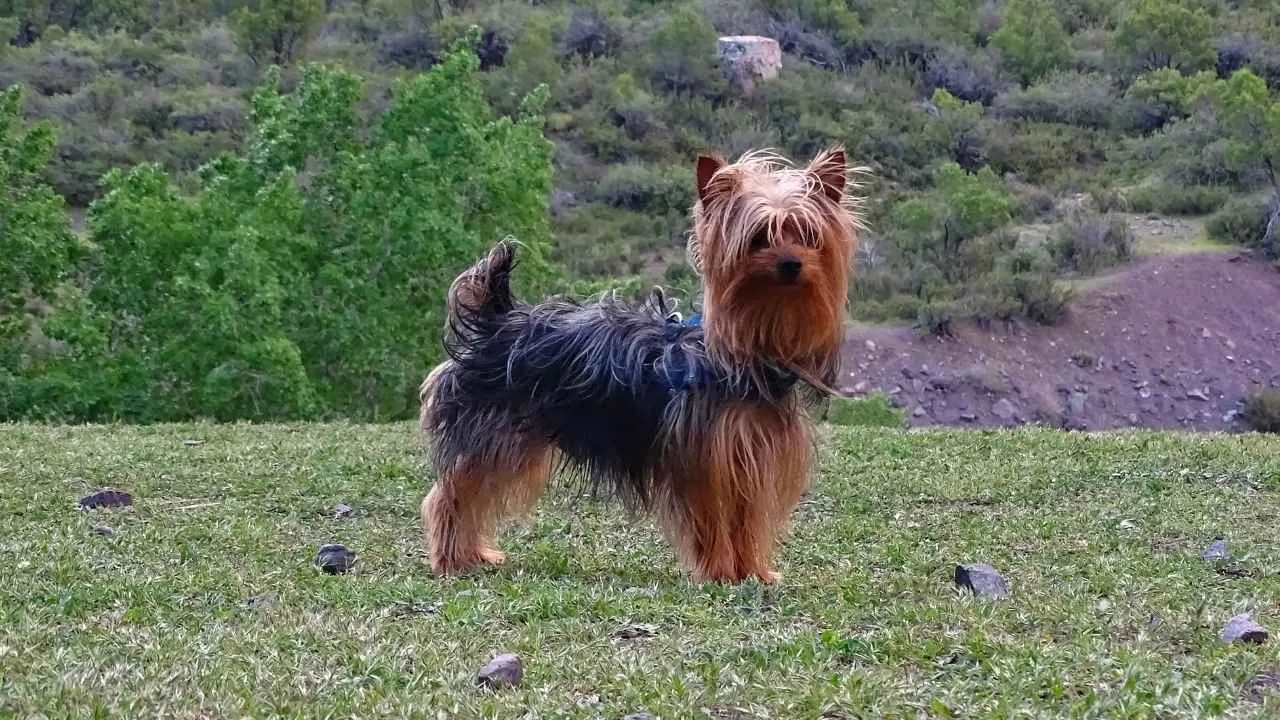
The Yorkshire Terrier’s silky, hair-like coat produces minimal dander compared to double-coated breeds. Regular trimming and brushing help prevent shedding from accumulating in living spaces. These coat traits support a more controlled environment for sensitive individuals.
Compact Size Means Less Allergen Load
Weighing under seven pounds, Yorkies bring fewer hair and skin particles into the home by volume. Their small surface area also means less contact transfer on furniture or fabrics. This scale makes them easier to manage in smaller living environments.
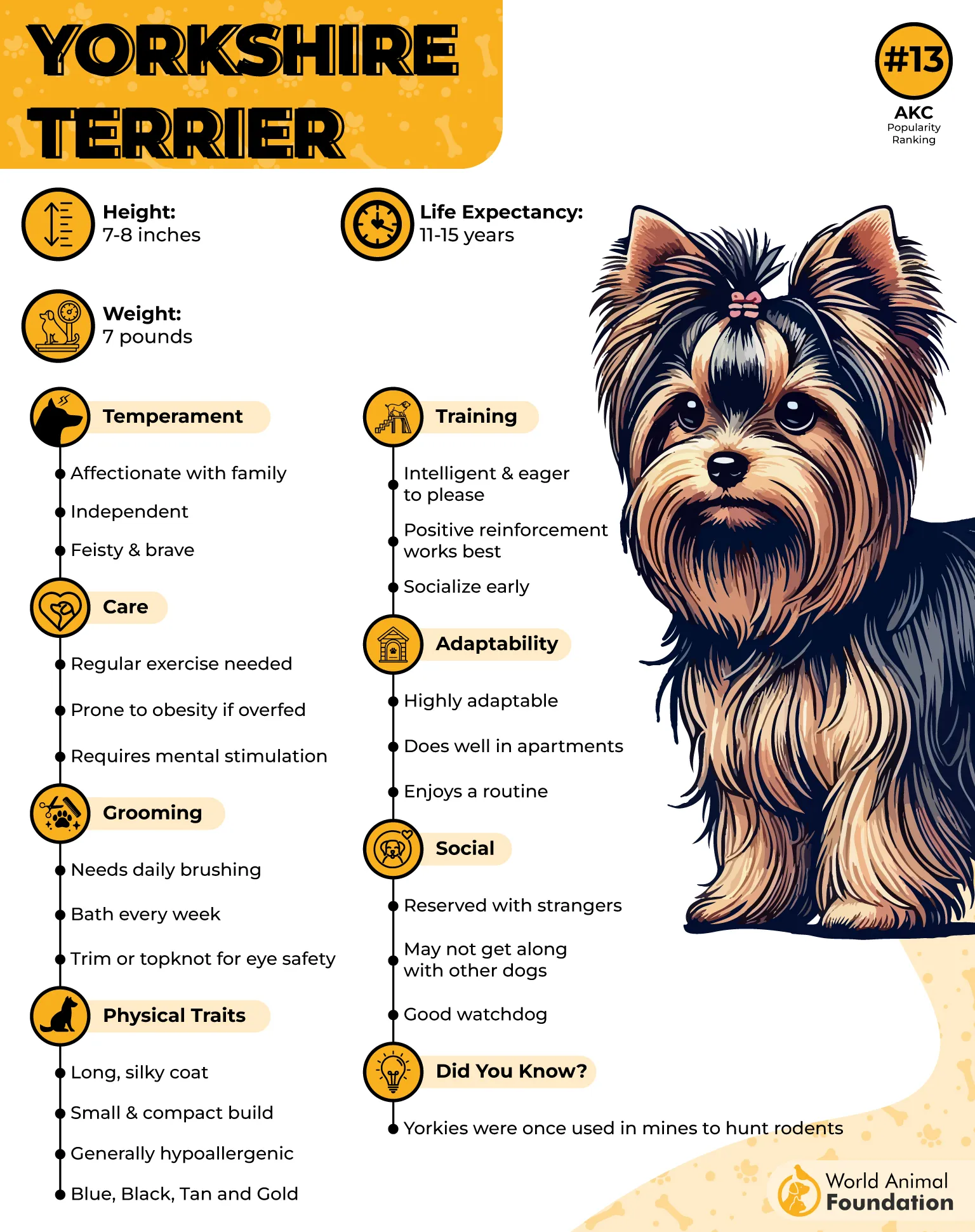
Behavioral Traits That Support Cleanliness
They often prefer indoor companionship and aren’t known for digging or rolling in outdoor debris. This keeps allergens like pollen and dust from coming in with them. Their tendency to stay closer to their owners also makes hygiene routines easier.
Named for Their Human-Like Hair Texture
Yorkies are often compared to humans in terms of coat composition, as their hair continues to grow rather than shed in cycles. This is one of the reasons they’re frequently listed among breeds suitable for asthma sufferers when properly groomed.
Conclusion
Choosing the right dog doesn’t mean risking your health. For allergy and asthma sufferers, some breeds truly make a difference. Whether it’s a low-shedding coat or minimal drooling, these traits can reduce allergic reactions and limit everyday allergy symptoms.
Breeds with a curly coat, like the Poodle or Bichon Frise, help trap dander before it spreads. Living with pet allergies or dog allergies doesn’t have to mean giving up on companionship. Many of the dog breeds for people with sensitivities also offer affection, intelligence, and easy grooming.
Even for those prone to severe allergic reactions, the right breed paired with good habits can bring safety and joy under one roof.


